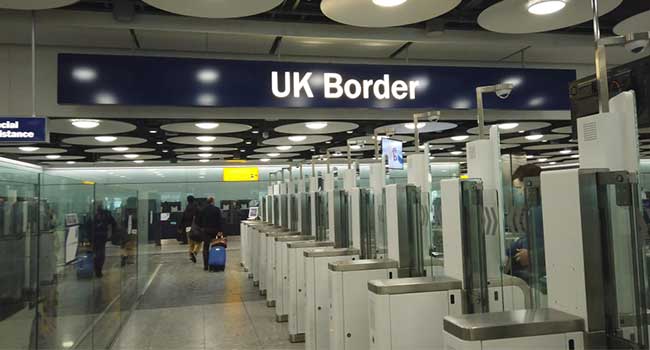
Heathrow Airport Optimizes Security Check with New 3D Scanners
London’s Heathrow Airport is implementing new 3D scanners that eliminate the need for passengers to remove liquids from their bag as they go through security.
- By Kaitlyn DeHaven
- Jun 11, 2019
Passengers at London’s Heathrow Airport may be able to keep their liquids inside their carry-on bags as they pass through security in as soon as three years.
The airport is investing over £50 million ($63 million) in new scanners that can see inside passengers’ luggage in greater detail than they can currently. Present scanners only use X-ray technology, but these new scanners use the technology CT (computer tomography) scanners use in hospitals in order to see bones, blood vessels, and soft tissues inside the body.
The technology will hopefully optimize security queues and help the environment by cutting down the number of plastics passengers use to store their liquids. This is part of Heathrow’s long-term sustainability plan, as it plans to open a third runway in 2026, which will greatly increase airport traffic.
Chris Garton, Heathrow’s chief operations officer, said the airports mission to ensure passengers have pleasant journeys is part of the reason the facility is so pleased to roll out the new CT equipment.
“This cutting-edge kit will not only keep the airport safe with the latest technology, but will mean that our future passengers can keep their focus on getting on with their journeys and less time preparing for security screening,” Garton said.
These scanners will not affect the global restriction on flying with liquids greater than 100ml (3.4oz). These liquid restrictions were first implemented because in an X-ray scanner, liquid explosives can’t be differentiated from regular liquids.
The airport has been working with the Department of Transport since 2017 to trial the 3D CT scanners, and it will be the first UK airport to implement a CT scanner trial.
About the Author
Kaitlyn DeHaven is the Associate Content Editor for the Infrastructure Solutions Group at 1105 Media.